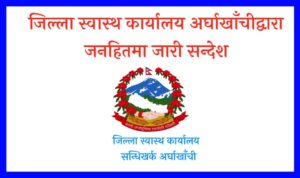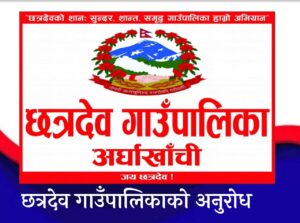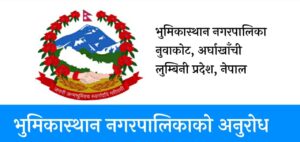27 Aug, 2020
By Sampada A. Khatiwada Rising Nepal
Kathmandu, Aug. 27: Eight months into the COVID-19 pandemic, various nations across the world are still striving to develop vaccines against the novel coronavirus. While the vaccines are being put into trial in many laboratories across the globe, the hospitals have been using diverse methods to treat the virus infected patients with a range of anti-viral medicines and other means.
The Convalescent Plasma Therapy (CPT) is one of the methods being used for the treatment of COVID-19 patients who are in critical condition.
In CPT, the plasma from a recovered COVID-19 patient is transfused to the active patient. Dr. Rabindra Pandey, a public health specialist, said, “When a person is infected with SARS-CoV-2, his/her body creates antibodies to fight the virus. Potent antibodies are found in the patients who recover from the virus. These antibodies are present in high amount in the blood plasma.”
“Thus, in CPT, the blood plasma from recovered patient is transfused to the active COVID-19 patient so that s/he can fight the virus. The CPT has shown encouraging results in Nepal,” he added.
In Nepal, the TU Teaching Hospital was the first hospital to apply the CPT. A 30-year-old man of Nuwakot, who had recovered from COVID-19, had donated plasma to a 60-year-old patient who was in a serious state.
According to the National Health Research Council (NHRC), as of Wednesday, some 17 hospitals across the nation have introduced the plasma therapy.
Meghanath Dhimal, senior research officer at the NHRC, said, “The CPT is under observational study in Nepal and it can be done only on the direct surveillance of doctors, in accordance with the research, protocols and guidelines issued by the NHRC.”
Currently, the CPTs are being done across the nation with the help of Blood Bank.
Dhimal said that the plasma therapies were being conducted daily in various COVID-19 dedicated hospitals. “As of Wednesday, over 25 COVID-19 patients have undergone the CPT,” he added.
Stating that the NHRC was yet to prepare a formal report regarding the effectiveness of the plasma therapy to present it to the Ministry of Health and Population (MoHP), Dhimal said, “As the vaccine against the novel coronavirus has not been developed yet, the effects shown by the plasma therapy on the treatment of COVID-19 patients is quite satisfactory.”
The recovered virus patients voluntarily donate the plasma.
“A person who has crossed 15 days after recovering from the infection is eligible to donate plasma. Also, the blood group of the donor and the receiver must match,” Dhimal added.
He further highlighted that anyone willing to donate plasma could directly contact the NHRC. “The contact details are available on our website,” he added.
“The dedicated hospitals have been sending the details of the recovered patients to us on the basis of which we have been contacting them for transfusion of plasma. We have also been repeatedly requesting those who have defeated the virus to donate the plasma,” said Dhimal.
Dr. Santa Kumar Das, coordinator of the COVID-19 crisis management committee at TUTH, said that the CPT done at the hospital was showing promising results.
“Until now, the plasma therapy has been conducted on at least five COVID-19 patients at TUTH. The therapy is conducted on those patients who are at critical state with oxygen saturation level lower than 93,” said Dr. Das.
Dr. Das added that four COVID-19 patients could be treated from one donor’s plasma.
In the Kathmandu Valley, the plasma therapy is being practised in TUTH, Sukraraj Tropical and Infectious Disease Hospital, APF Hospital, Nepal Mediciti Hospital, National Medical College, Grande International Hospital, HAMS Hospital and Patan Academy of Health Sciences.
Likewise, COVID-19 dedicated hospitals in Parsa, Dharan, Nepalgunj, Chitwan, Butwal, Bheri and Pokhara, among others, have also introduced the plasma therapy.





